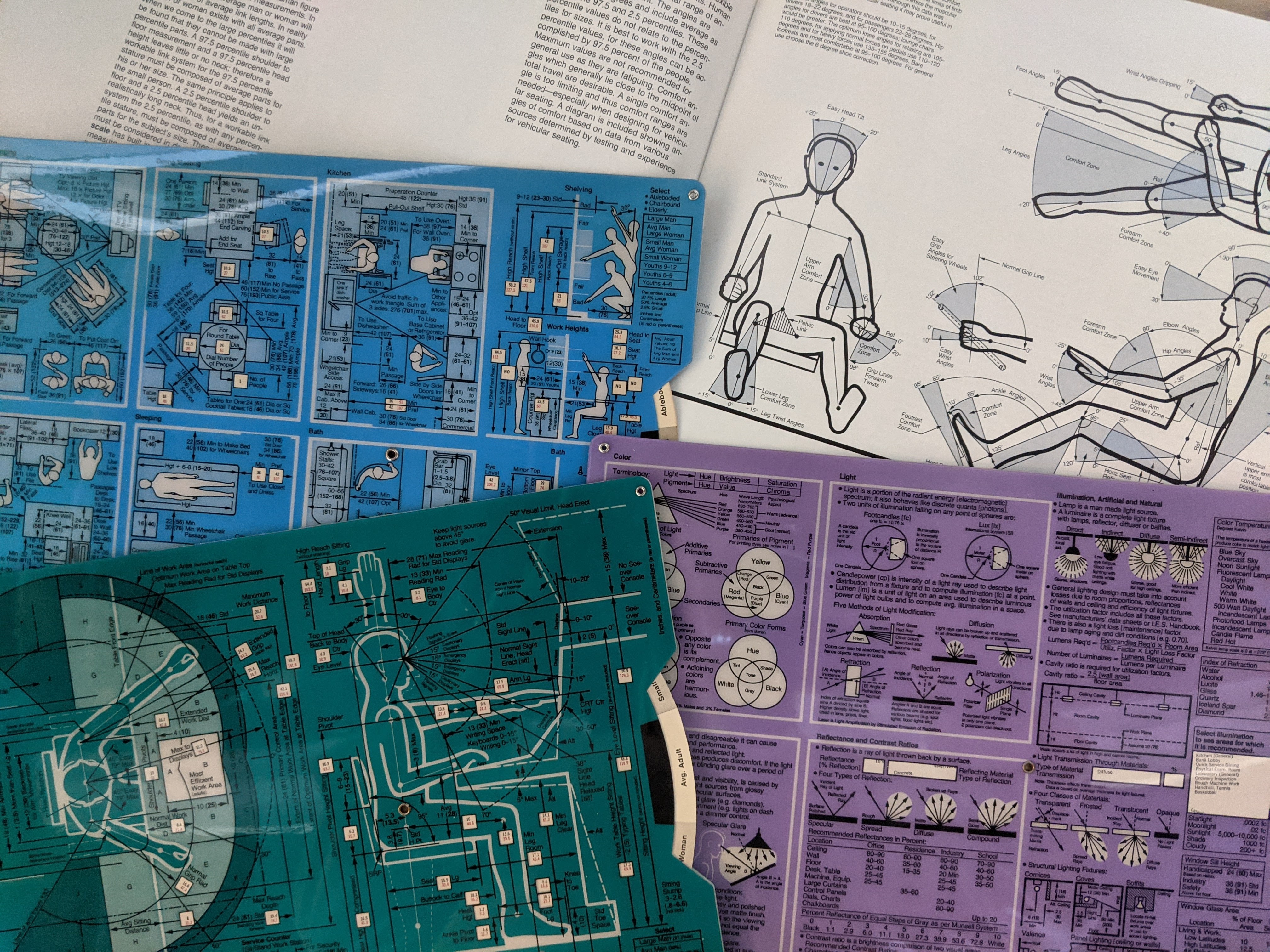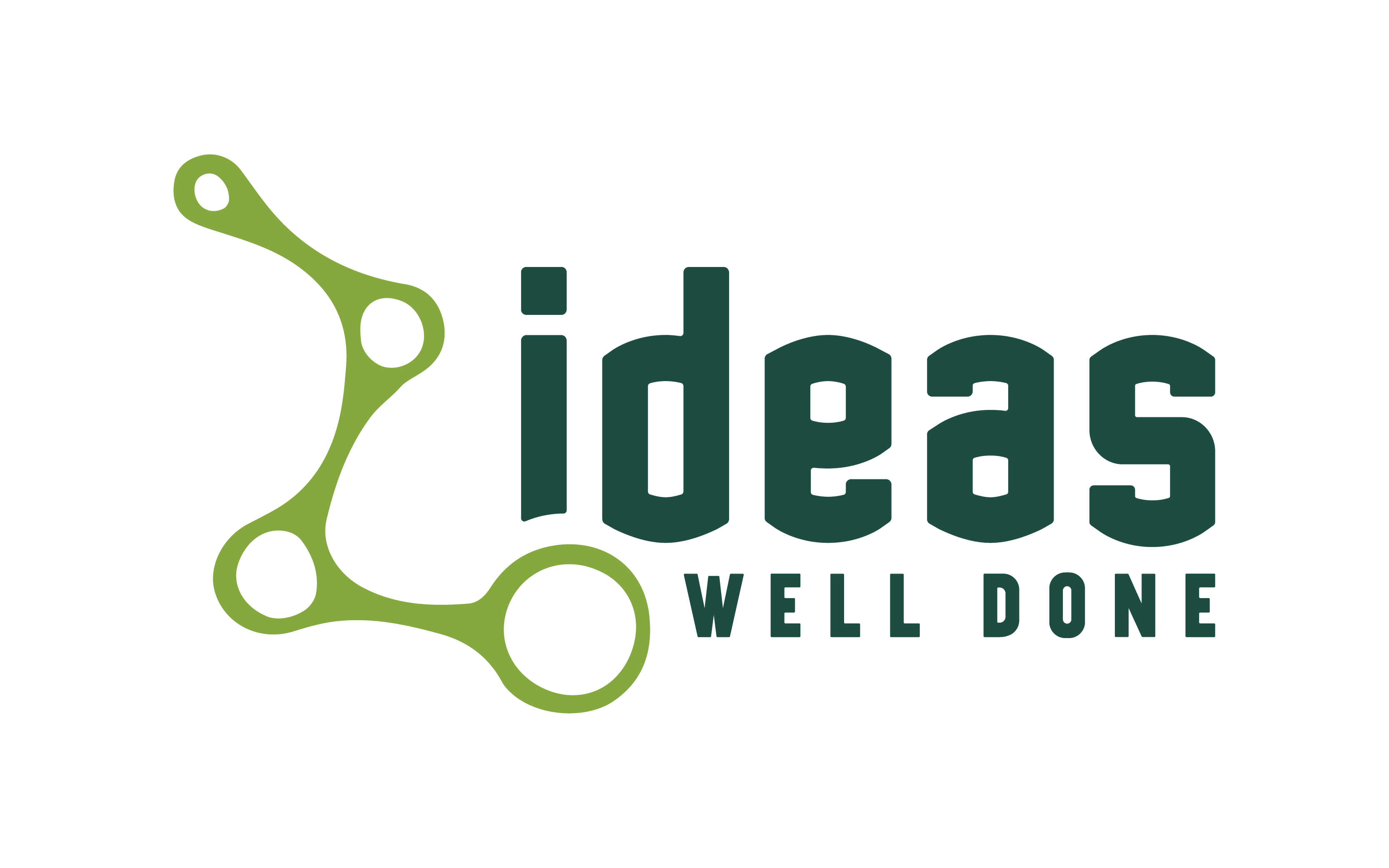If you are a kitchen equipment manufacturer you should consider ergonomic design in new product development. If you are a restaurant, consider how the equipment you are buying will impact your employees.
What is ergonomic design in a commercial kitchen?
Ergonomics considers designing for efficiency and comfort in the working environment.
This means designing equipment that not only makes a job easier and faster to do, but more comfortable and less strenuous for the operator. In a commercial kitchen, this includes concepts as simple as placing all necessary tools within reach. It can also mean more complicated design considerations such as making heavy pots or fry baskets designed in such a way to decrease excessive strain on the body.
Why is ergonomic design in the kitchen important?
Keep your employees healthy
Carpal Tunnel Syndrome, Tendinitis, Low Back Strain, and Tennis elbow are all common workplace injuries. These injuries can mostly be avoided with consideration of ergonomic design for any task. These types of injuries will make anyone unpleasant, less productive, and in the worst case, unable to work. When considering the cost of a worker’s compensation policy, design which could decrease claims would come at measurable dollar for dollar benefit. Healthy employees are happy employees.
Keep your employees happy
Consideration for ergonomic design can also make for happier employees. Nagging injuries will make just about anyone miserable. So will inefficient tasks, or overly strenuous work. Isn’t it nice to be surrounded with happy people? If that is not enough, let us consider how employee happiness and retention are related. How much does it cost to find new talent, hire, and then train? An investment into ergonomic design will improve employee morale and reduce turnover.
Ways to consider ergonomic design in kitchens
Start with making ergonomic design thinking a part of your new product development or equipment research.
At some point in the equipment’s life a human will interact with it.
We all know this intuitively, but often forget to consider the full extent of such implications:
Is a person interacting with this tool for eight hours per day or once per month?
Do they repeat the same motion over and over?
Do they carry this equipment or just push a button?
Does the equipment get serviced daily, monthly, or ever?
When developing equipment with ergonomic design in mind it is critical to not only ask these questions but to immerse yourself in the user experience. What is it like to use the tool non-stop for an eight-hour shift? Does your back hurt? Are your biceps tired? Did you get burned or pinched?
Now that we have discussed how to think about ergonomic design, let us investigate ways to improve commercial kitchen equipment.
Assist with Ergonomic Design
One way to reduce physical strain is to have tools which assist the user in the operation. Let us take for example a kitchen which boils potatoes daily in a 5-gallon pot. Consider what it takes to empty that pot at the end of the cook.
- Lifting over 40 pounds
- Horizontal reach makes lifting awkward
- Burn hazards from the stove, pot, and water
- Strain on low back and arms
A simple use of ergonomic design assist would be a small overhead gantry. Imagine a short track on the ceiling that goes from the stove to the sink. A trolley with hooks for your pot can ride back and forth. The hooks can be designed to pick up the pot and allow the pot to pivot into an upside-down position. In this scenario the cook does very little strenuous labor. Mostly they are just hooking up the pot and moving it side to side. A small improvement like this greatly reduces the risk of a tired employee accidentally spilling a full pot and scalding themselves.
Automation with Ergonomic Design
Automation can be used to eliminate dangerous, repetitive, and strenuous tasks all together. We will go back to the task of boiling potatoes. Imagine a machine which all you do is load potatoes into it. It is plumbed up to water and has a drain. Once the potatoes have been loaded, just push a button. The machine adds water, boils, and then drains at the correct time. It would not only eliminate the strain and hazard associated with a traditional pot of boiling water, but it would also increase product quality by delivering potatoes which were cooked for the correct amount of time, every time.
--
Good ergonomic design in the kitchen can keep employees happy and healthy which is good for the world, and good for the bottom line. When purchasing kitchen equipment, ask if the design considered the human factor of ergonomic design. If you are designing new kitchen equipment, be sure to spend time immersing yourself in the user experience to learn how to reduce strain and hazards for the user. It will give your products a competitive edge.



